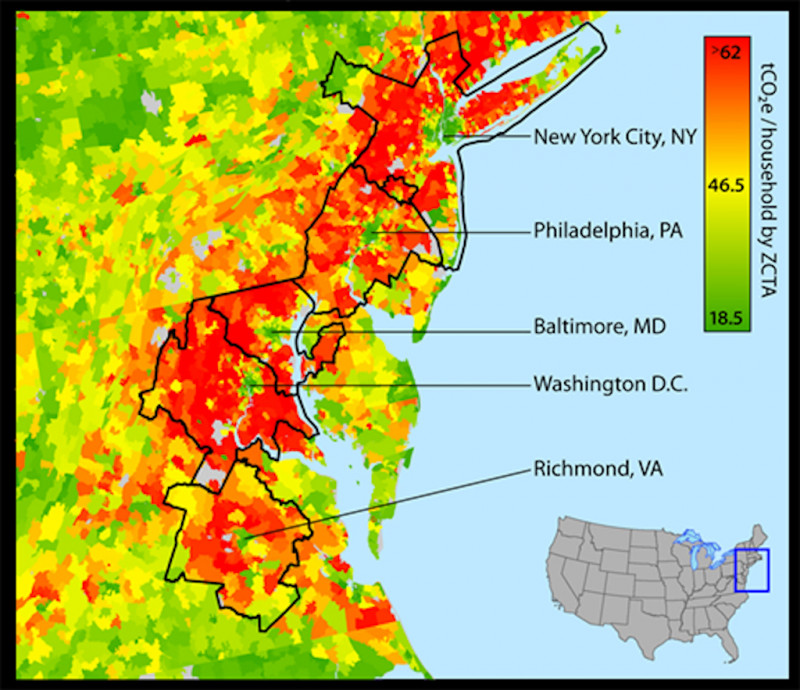I stumbled across this comic by Grant Snider this morning and realized that I am often afflicted by reader’s block but have never quite thought about it in that way, somehow.

Some of Snider’s reasons affect my reading more than others: too little time, too much TV, not enough sleep, crippling ennui, low curiosity. I’ve recently started to use an app to help me form some good habits and break bad ones, and one of my daily tasks is “read a book for 15 minutes”. I hit that target almost every day and when I do, I usually get in the groove and go for longer, sometimes an hour or more. This has revealed “too little time” and “too much TV” to be falsehoods that I no longer believe — “too much phone” I am still working on.
I’ve also stopped reading books that don’t grab me, as interesting as they may seem and as acclaimed as their recommenders insist. If I’m reading something and I find myself daydreaming or wanting to check my phone or switching to an episode of something on Netflix, that’s a sign that I should put it down and find another book. The only problem with this is that some of my favorite books (Infinite Jest for one) did not grab me in the beginning but picked up in a major way later, sometimes hundreds of pages in. Great books sometimes do not hand everything to the reader on a silver platter and the hard work they demand becomes part of their reward.
But my main two reader’s block problems persist. The first is represented by “low curiosity” in Snider’s comic — I read all day long for my work here on <a href="http://kottke.org" rel="nofollow">kottke.org</a> and when it comes time in the evening to wind down, more reading is often not something I can manage, especially with nonfiction (brain sometimes function at night not good). Reading right after I wake up has helped somewhat, but I typically have a logjam of tasks vying for my attention in the high-energy early morning and reading only occasionally wins.
The second thing is that I often get stuck between books. Part of it is the “overwhelmed by infinite possibility” factor — soooo much good stuff to read, how can you possibly choose what’s next? Succumbing to the temptation of other possible diversions or wavering in my disbelief of “too little time” becomes much easier when I’m not currently caught up in a story or someone else’s world view. Lining up your next read before finishing your current book is a possible solution, but that can be tough when you’re fully engaged in what awaits you in the closing chapters of your present literary love.
You can read more thoughts on reader’s block and how to tackle it from Stuart Jeffries, Emily Petsko, and Hugh McGuire. And if you and your preschooler are stuck looking for something new to read together, Snider has a new picture book out called What Color Is Night?



